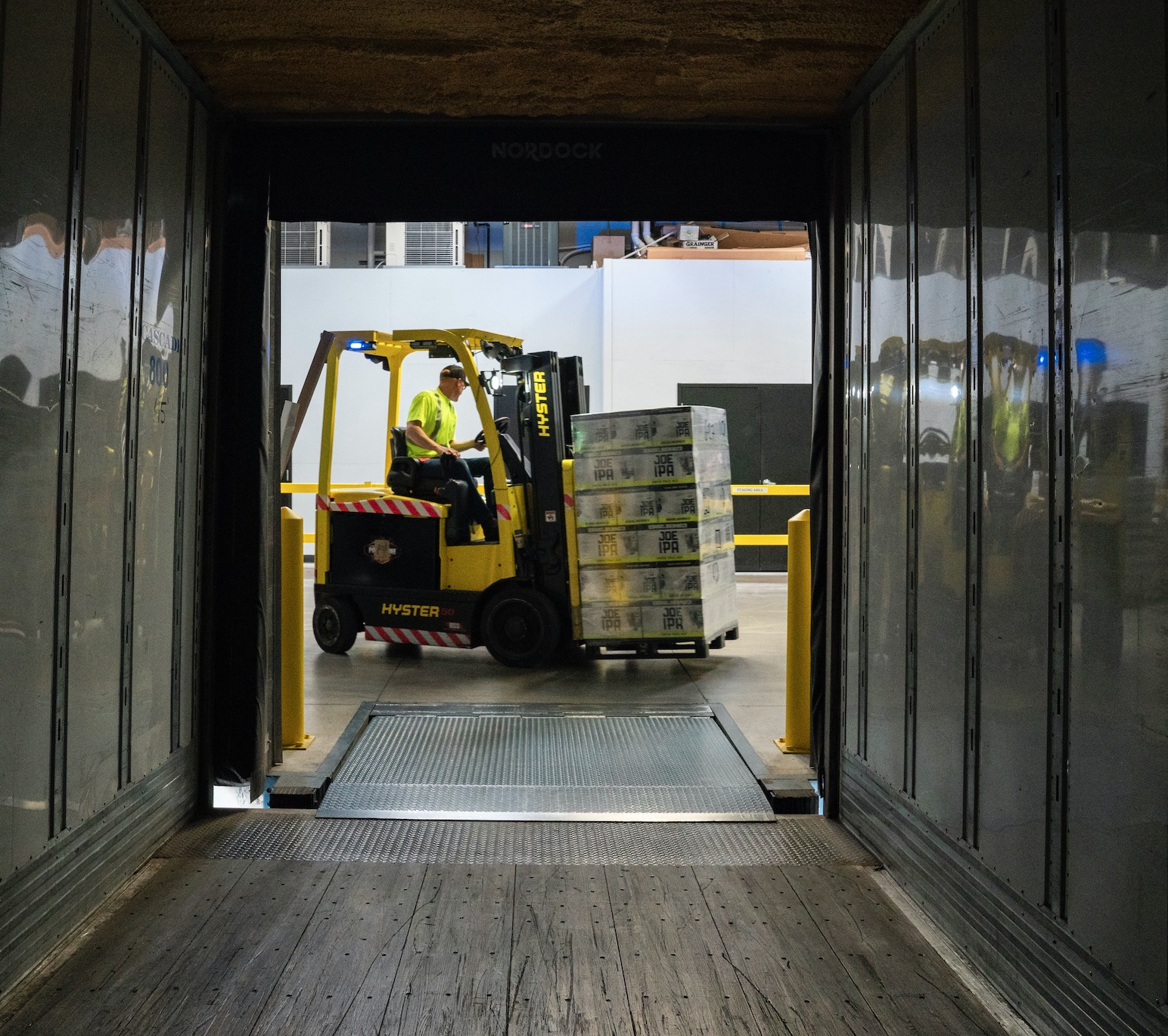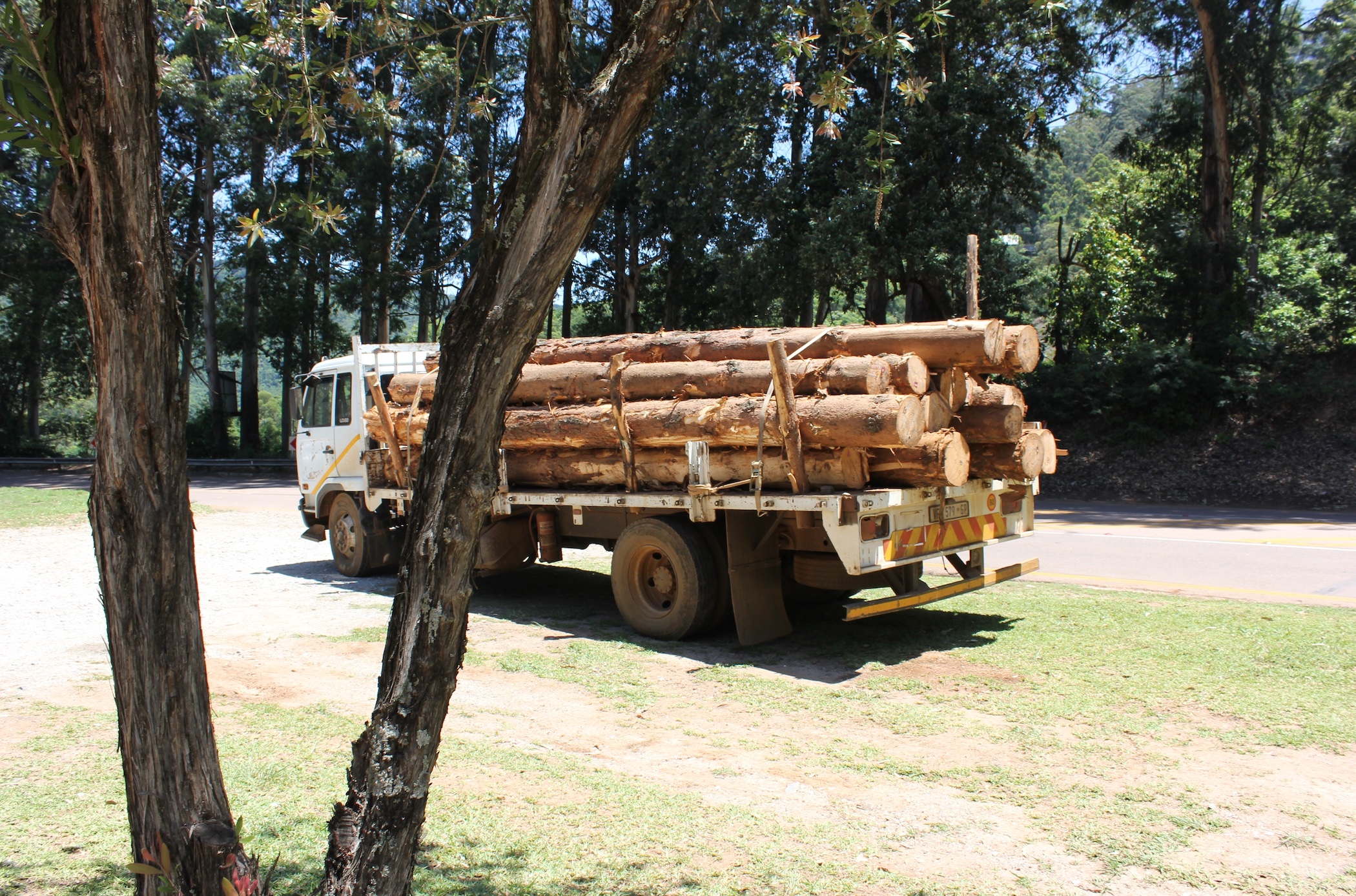Loading your truck correctly isn’t just a good idea, it is essential to keep yourself and other drivers safe. Take the time to understand the risks, follow the steps, and follow the local rules.
Ever seen a truck overflowing like it’s defying gravity? Aside from being a funny sight, it’s a real hazard. It can mess with your truck’s engine, make it harder to handle, and hurt your gas mileage. This blog lays out the key steps to load your truck safely, keeping you, your cargo, and everyone else on the road safe.
Understanding the Risks of Improper Loading
Driving a truck can be tricky, especially when the load isn’t right. Picture this: an unbalanced load is like a seesaw, ready to tip at any moment.
Let’s find out what can go wrong with a badly loaded truck:
- Tipping Over: This is the biggest, most immediate danger. If the weight shifts suddenly, it can cause a rollover, quick turns or panic stops would make it more probable.
- Unstable Driving: The truck will feel unpredictable, making it hard to keep steady.
- Poor Braking: Extra weight means longer stopping distances. It takes much more space to stop an overloaded truck.
- Wear and Tear: Too much weight will stress your suspension, tires, and other truck engine parts, causing wear and potential problems like catastrophic failure.
- Lost Visibility: A load that blocks mirrors or your view can be dangerous.
- Accident Prone: Poor control combined with limited vision? The risk of accidents skyrockets.
Loading a truck properly isn’t just about being convenient; it’s about minimizing risk, improving safety, and being a responsible driver.
Steps to Properly Load Your Truck
Getting this right isn’t as simple as throwing stuff in the back and hoping for the best. Here’s how to load your truck safely and securely.
- Check the Weight Limits
This is the most important step. Your truck has a Gross Vehicle Weight Rating (GVWR). This is the maximum weight your truck can handle safely, including the truck itself, passengers, fuel, and everything you’re hauling.
- Find Your GVWR: Usually, there’s a sticker on the driver’s side doorjamb.
- Check the Manual: Your owner’s manual has all the details on weight distribution and how much your truck can carry. Remember that overloaded trucks can put extra stress on your truck engine parts.
- Weigh Your Truck: Use a truck stop or commercial scale to get your truck’s actual weight before loading. This gives you a starting point.
- Calculate Cargo Weight: Subtract your truck’s current weight from the GVWR. That’s how much cargo you can safely take.
Going over the GVWR is asking for trouble, do not do it.
- Distribute Weight Evenly
Think of your truck bed like an airplane wing: you want everything balanced to get the best lift. Poor weight distribution is like putting all your passengers on one side!
- Centering the Payload: Try to keep the weight low and as close to the middle of the truck as possible. This gives the best stability.
- Front to Back: Put heavier items toward the front, just behind the cab. This helps with steering and braking.
- Side to Side: Make sure the weight is even on both sides to avoid tipping.
- Axle Considerations: Your truck has limits for each axle too. Check to make sure no axle is carrying too much weight.
Correct weight distribution is key to control and stability.
Even with good weight distribution, an unsecured load is a hazard. Imagine gravel shifting during a sudden stop – that’s dangerous.
- Use Tie-Downs: Ratchet straps, chains, and ropes are essential. Make sure your tie-downs are rated to handle the weight and the type of material you’re hauling. Weight and material matter!
- “Cross” Pattern: Secure your load from different angles for stability.
- Tighten Regularly: Check and tighten tie-downs, especially after the first few miles. Loads can shift.
- Protect the Load: Cover your stuff with a tarp to keep it from blowing away or getting damaged. This is critical for gravel, mulch, and loose materials.
- Inspect Equipment: Make sure your tie-downs aren’t worn or frayed.
A secure load means a safe trip! It’s your responsibility to keep your cargo from moving around.
Specific Tips for Different Loads
How you secure things changes depending on what you’re carrying.
Loose Materials
Gravel, mulch, sand, and light construction supplies need extra attention.
- Spread it Out: Distribute the load evenly across the bed; don’t pile it up at the back.
- Tarp it Up: A good tarp is essential to stop spillage. Secure it tightly, especially around the edges.
- Know Local Rules: Check for any rules in your area about covering loose loads.
Large or Irregularly Shaped Items
Transporting furniture or bulky items requires special attention.
- Think About Placement: Consider the best way to position the item for stability.
- Pad it Well: Use blankets or padding to protect the truck and the item. This also helps secure the item.
- Lots of Tie-Downs: Use multiple straps or chains so the item can’t shift. Pad them where they might touch the cargo.
Heavy Equipment or Machinery
Hauling heavy equipment, like skid steers, takes some extra work and planning.
- Ramps are a Must: Always use ramps big enough for the weight for loading and unloading.
- Keep it Centered: Position equipment in the middle for the best balance.
- Use Built-In Points: Use equipment’s built-in tie-down points or designated areas.
- Wheel Chocks: Use wheel chocks to stop the equipment from rolling during loading, unloading, and transit.
- Low and Centered Again: Position all heavy objects as low as possible in the truck’s cargo area and ensure that the centre of gravity is as close to the centre of the truck as possible. Remember that the added weight will interact with your truck engine parts, factor that in!
Legal and Safety Considerations
Proper loading has legal and safety consequences you need to understand.
Complying with Local Regulations
Weight limits and load restrictions change depending on where you are. Ignoring them can lead to fines and having your truck impounded.
- Know the Rules: Learn the weight and securement rules where you’ll be travelling. Each place is different.
- Overloading Consequences: Understand what happens if you break the weight and size rules.
- Watch the Signs: Pay attention to weight restrictions on bridges and roads along your route.
Properly Marking Overhanging Loads
If your cargo sticks out (like lumber), you have to mark it.
- Daytime: Use bright flags, usually red or orange.
- Nighttime: Use bright red lights.
- Follow the Rules: Each area probably has different rules about how far an item can stick out and how to mark it.
Loading your truck correctly isn’t just a good idea, it is essential to keep yourself and other drivers safe. Take the time to understand the risks, follow the steps, and follow the local rules. That will mean fewer accidents, less wear and tear on your truck (particularly the engine!), and a safer trip for everyone. Always remember: proper loading lets you stay in control, avoid accidents, and, more than anything else, obey the law. Drive carefully!



Join the conversation!